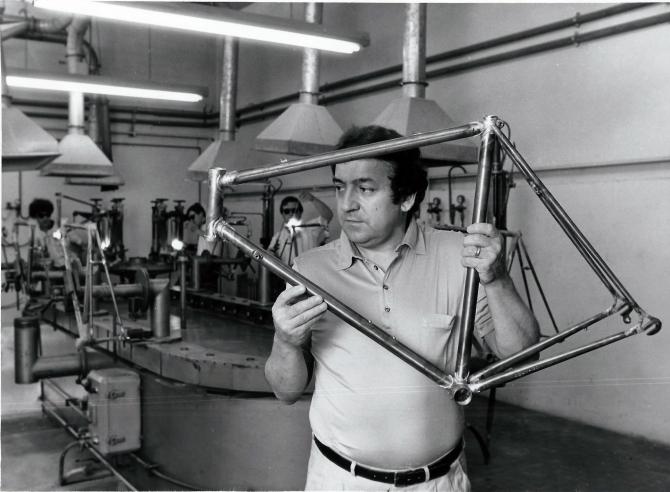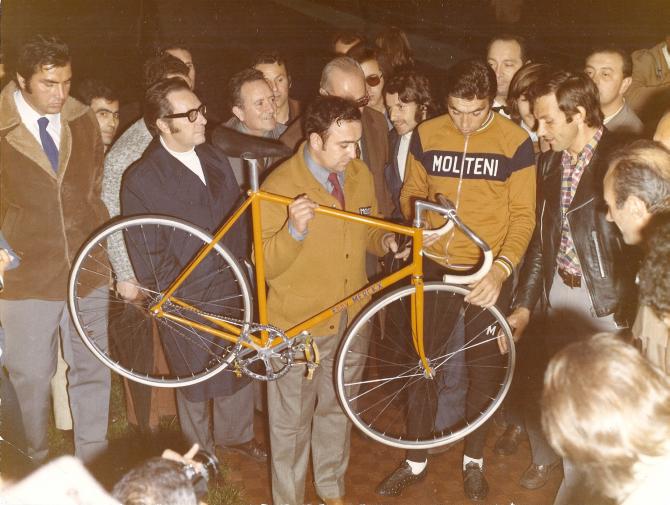Ernesto Colnago's best bikes of all time – Gallery
Interview with the iconoclast of the bike industry, who's still going strong in his 80s
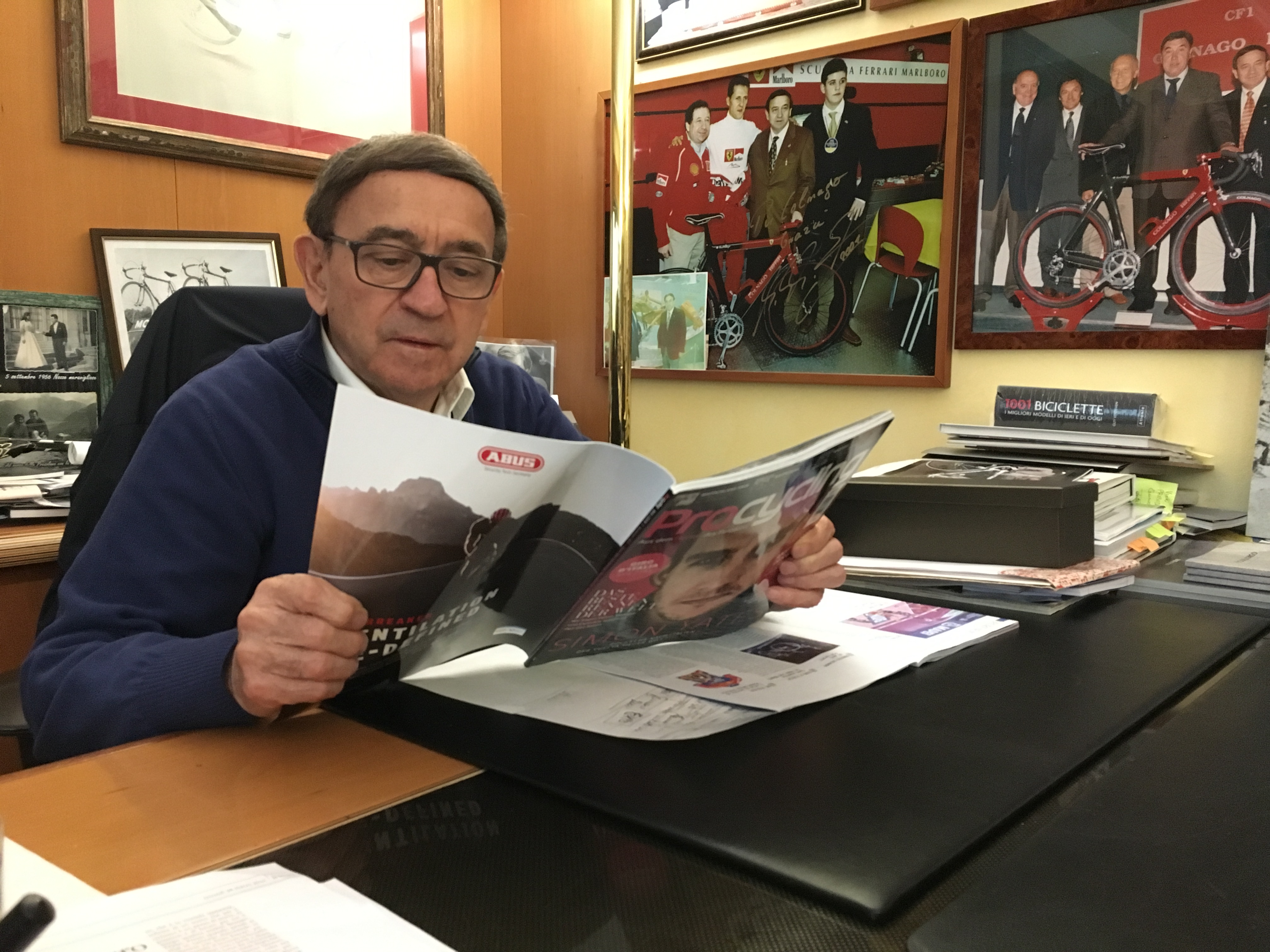
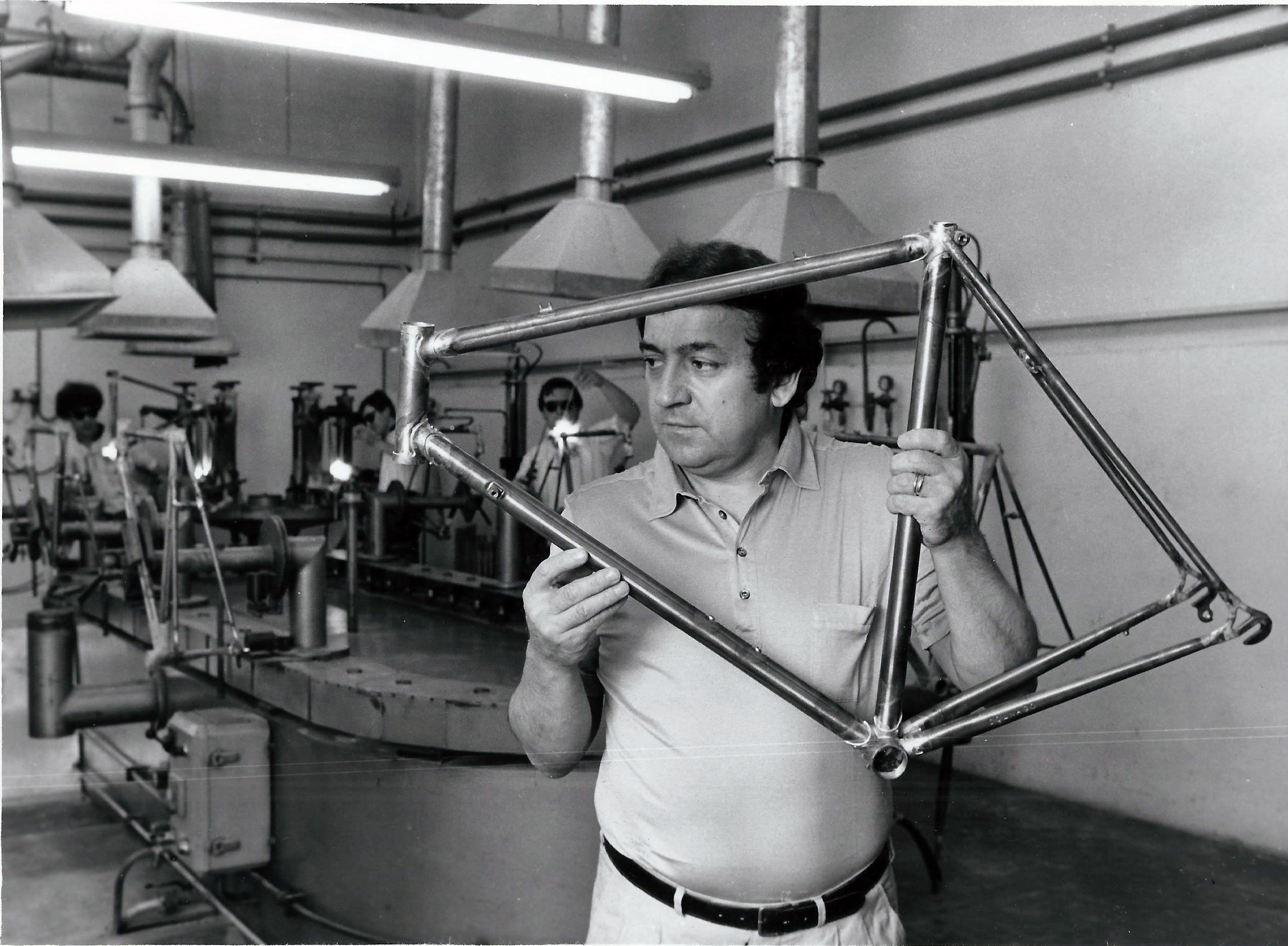
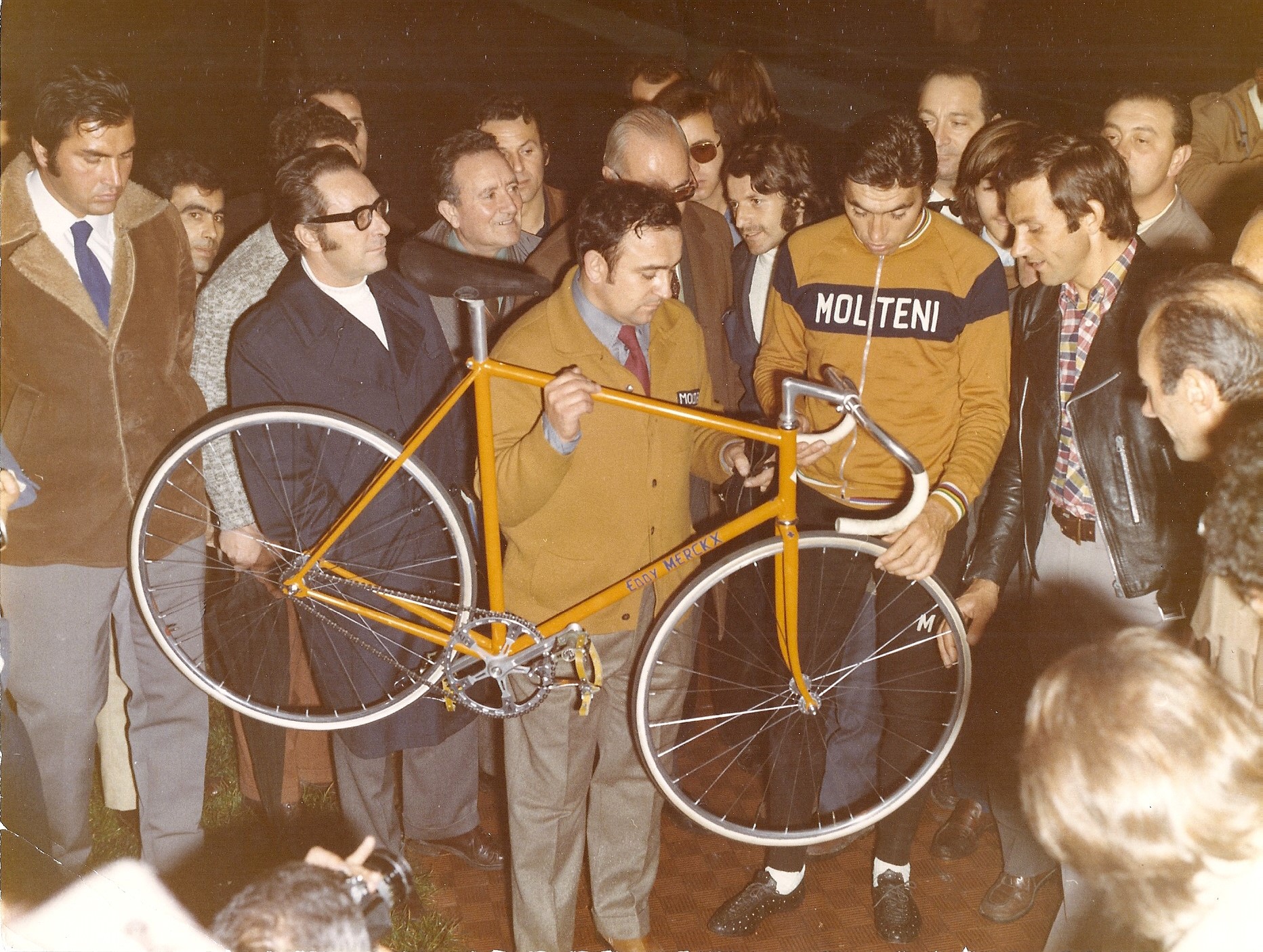
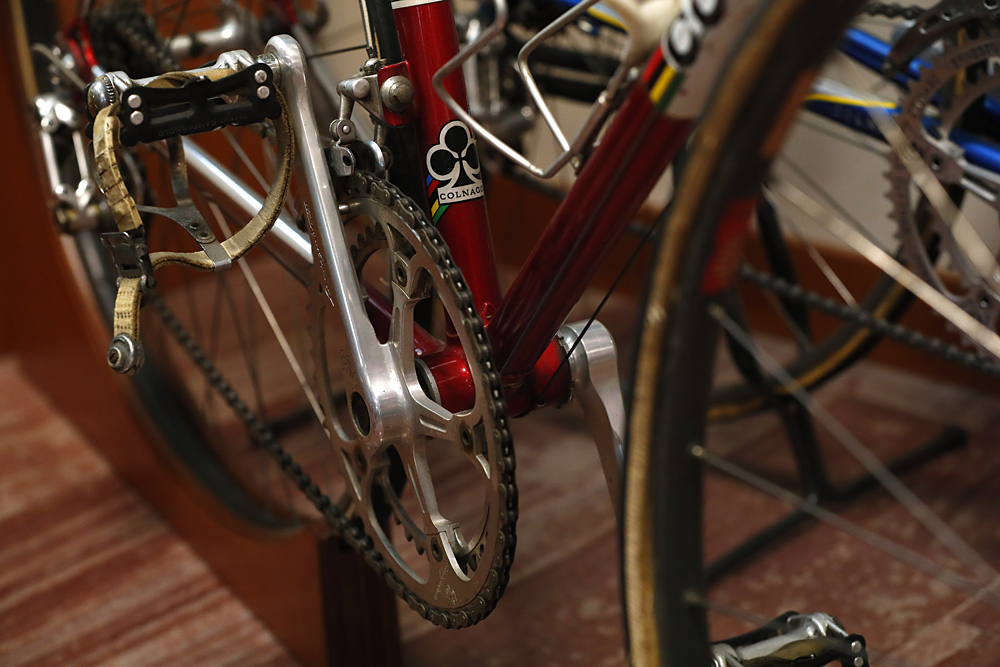
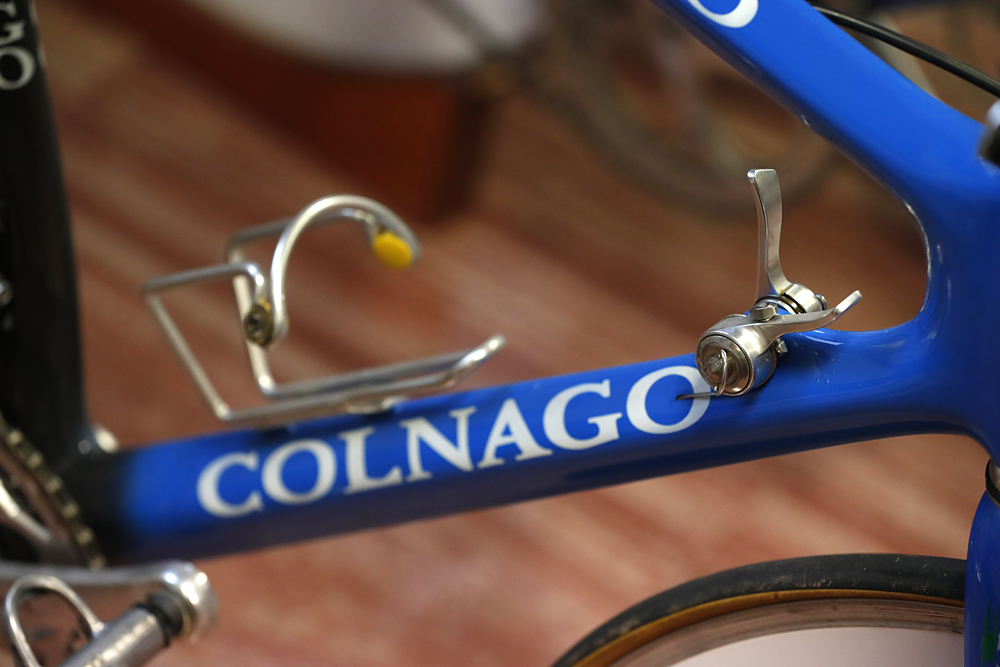
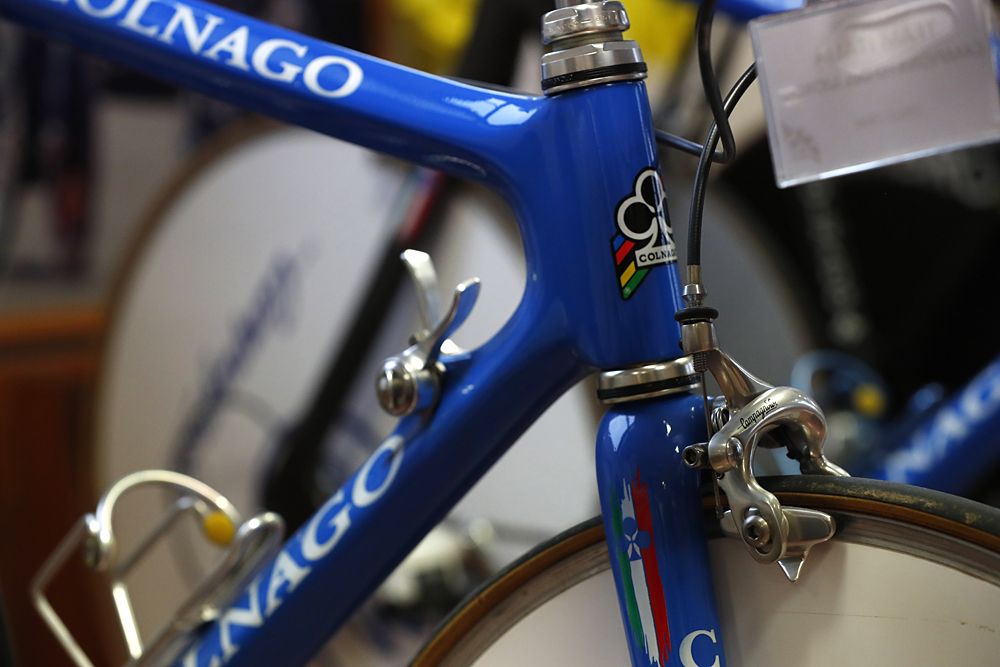
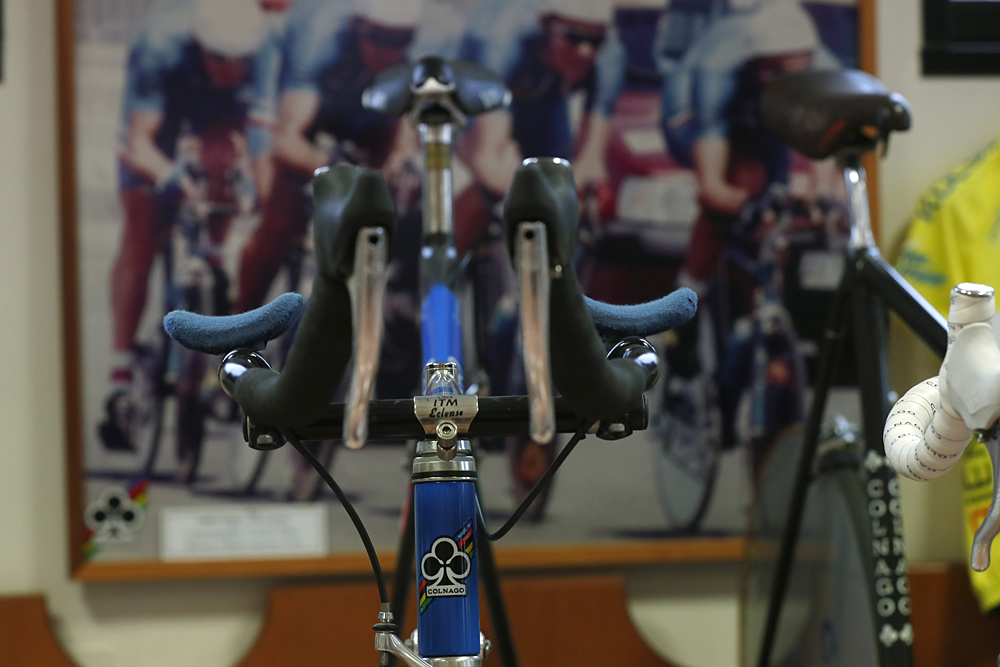
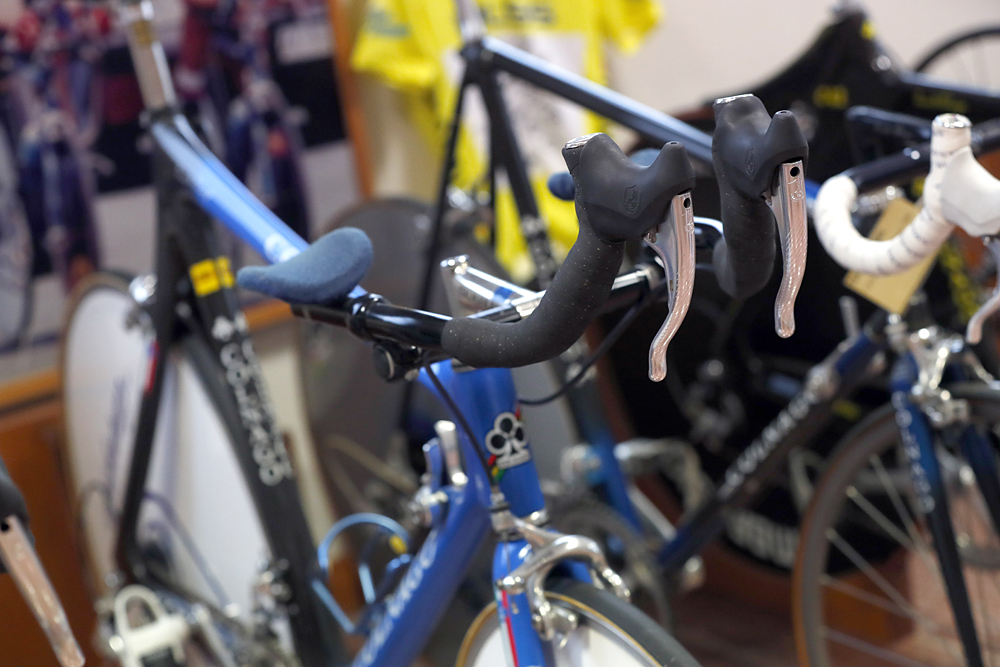
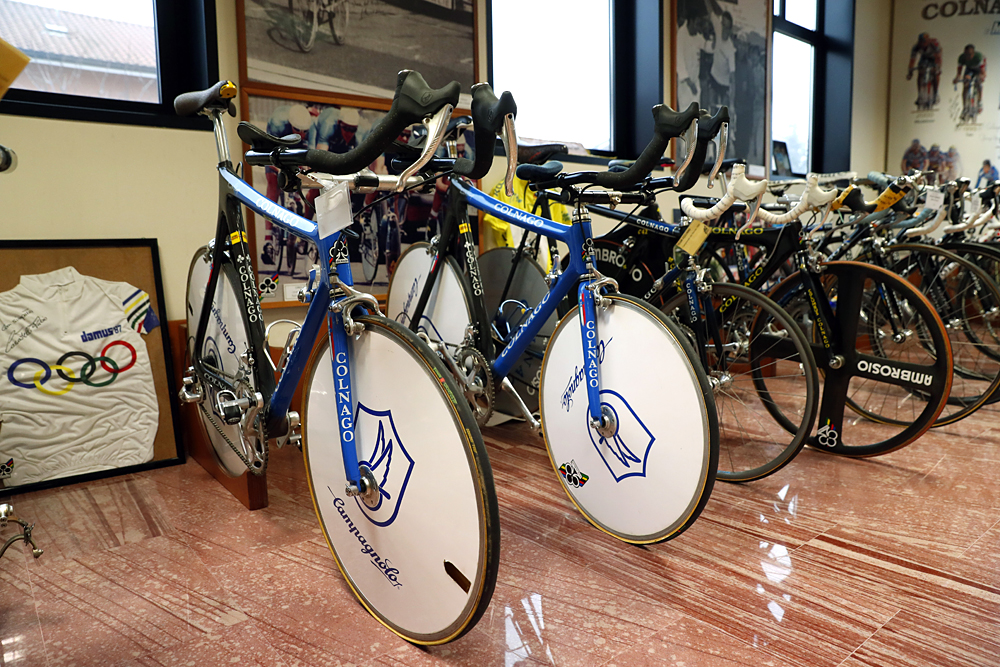
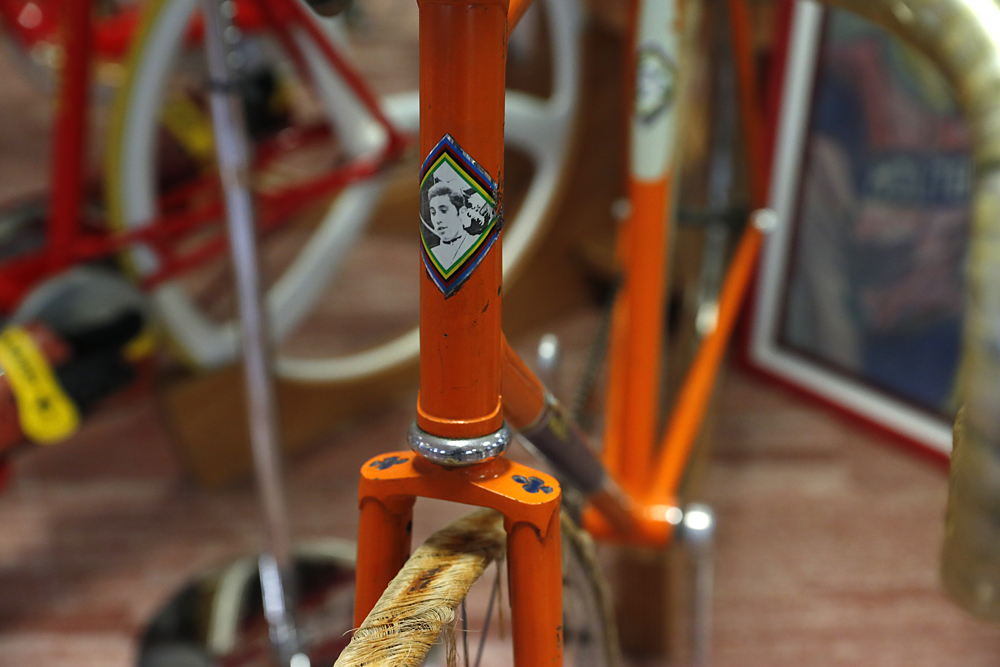
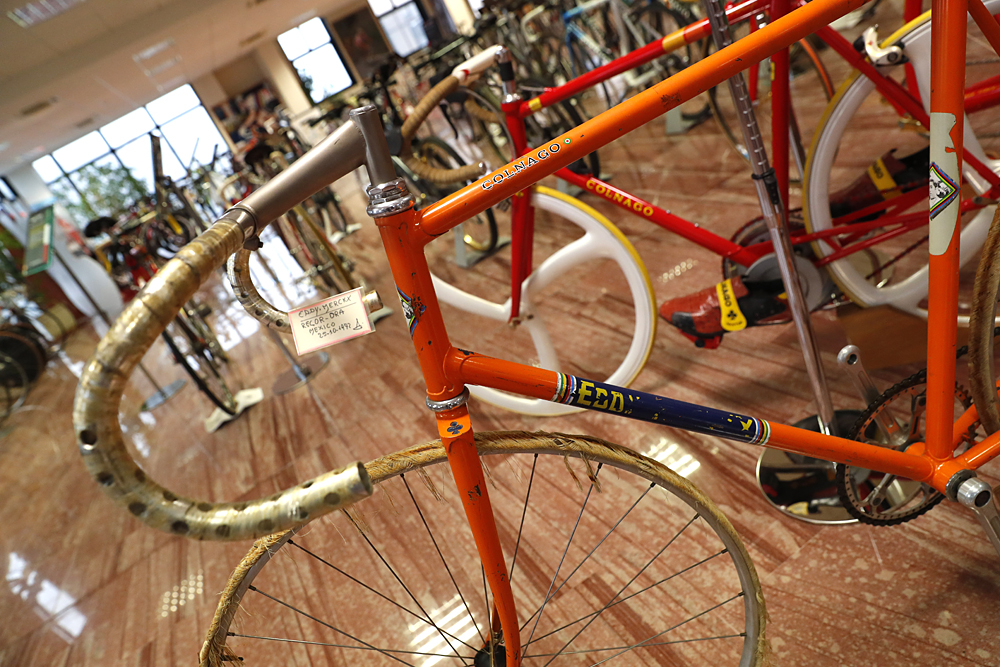
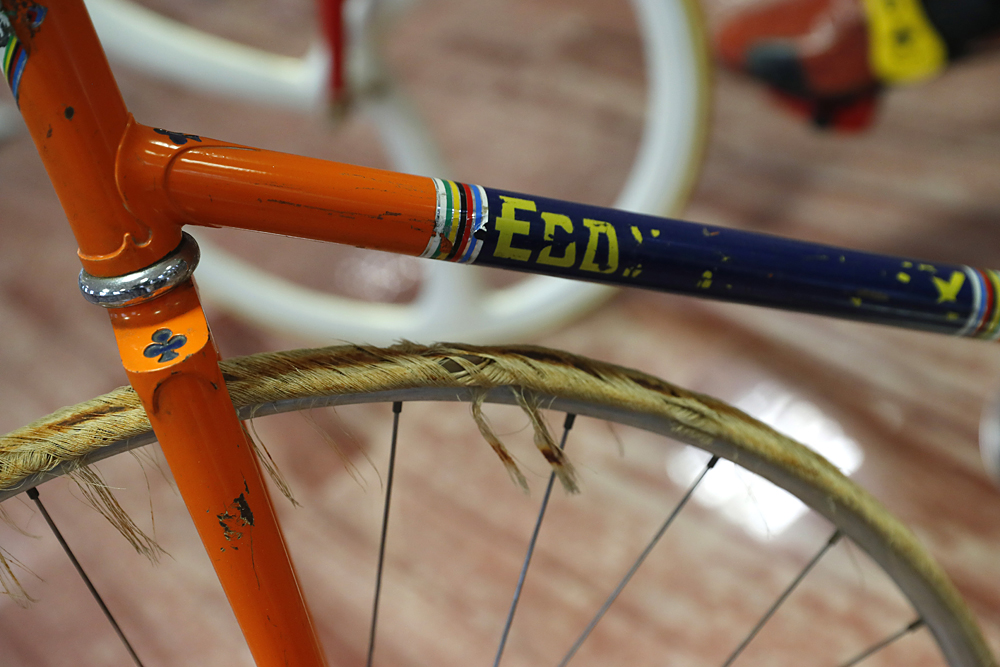
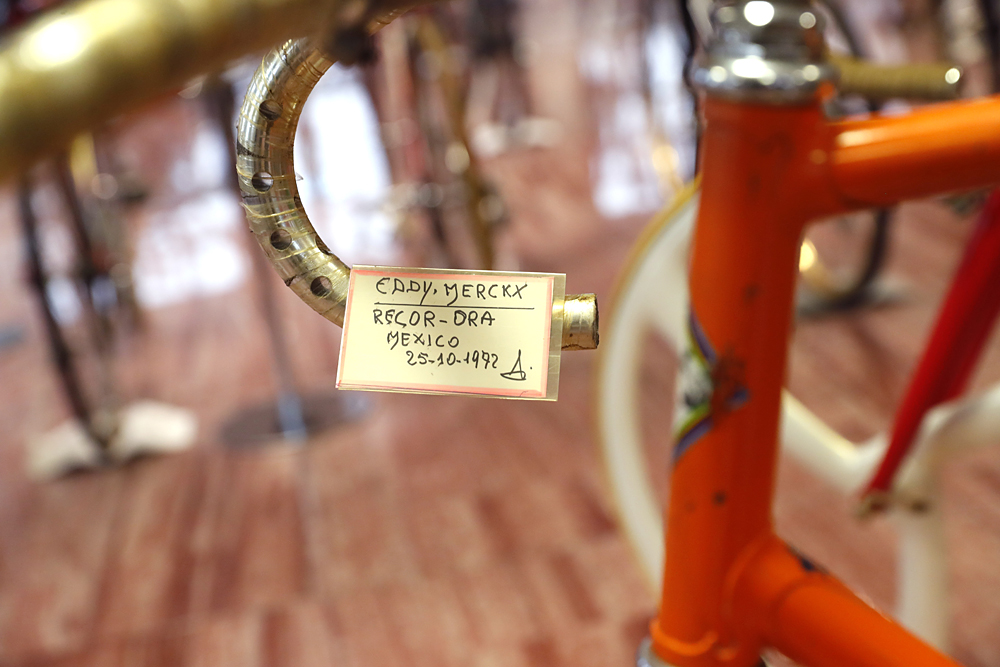
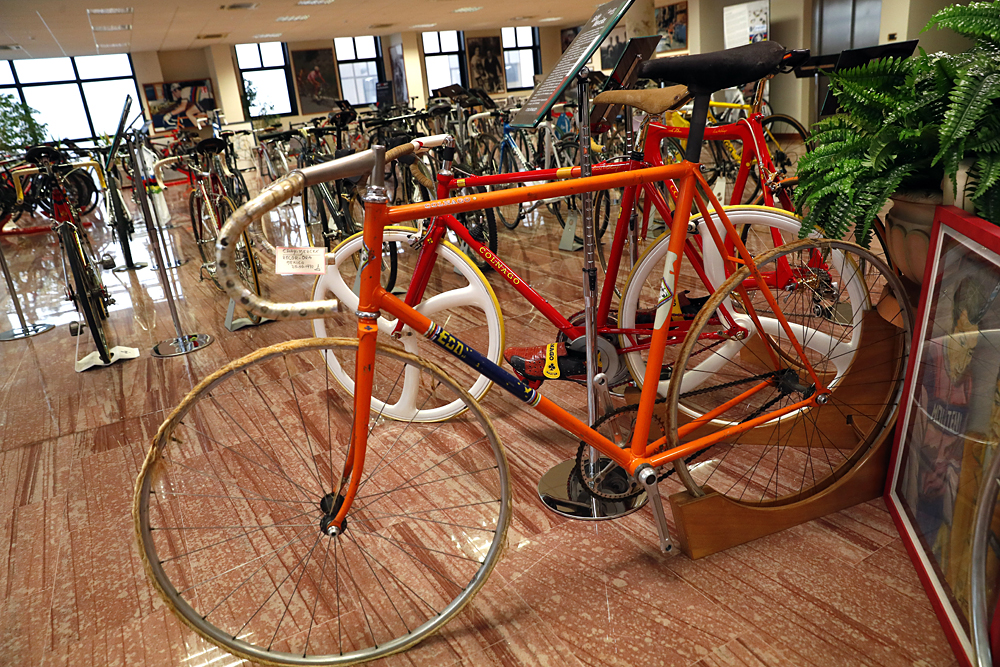
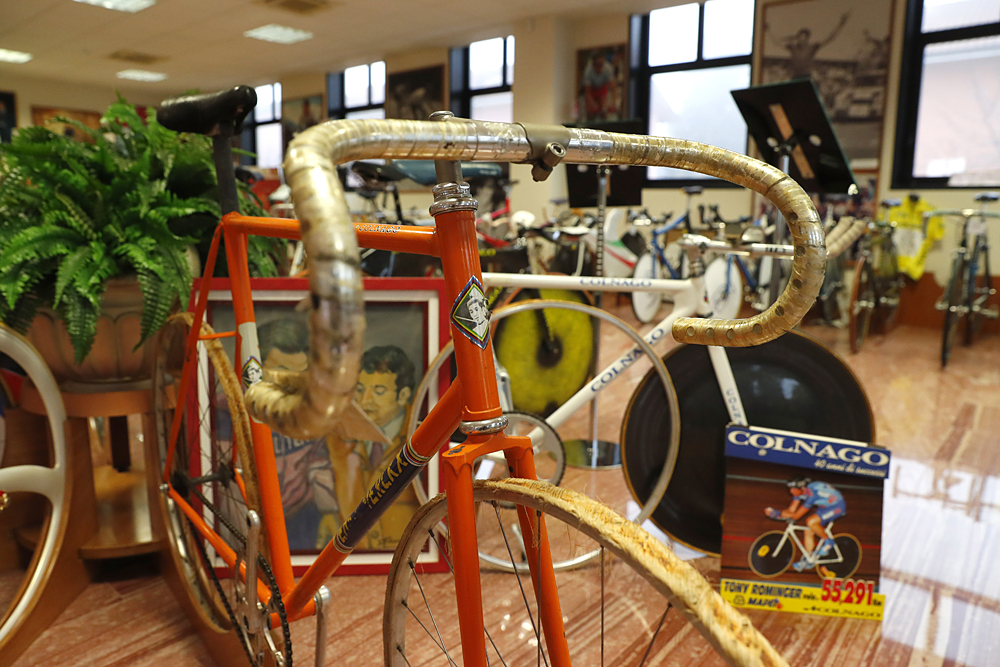
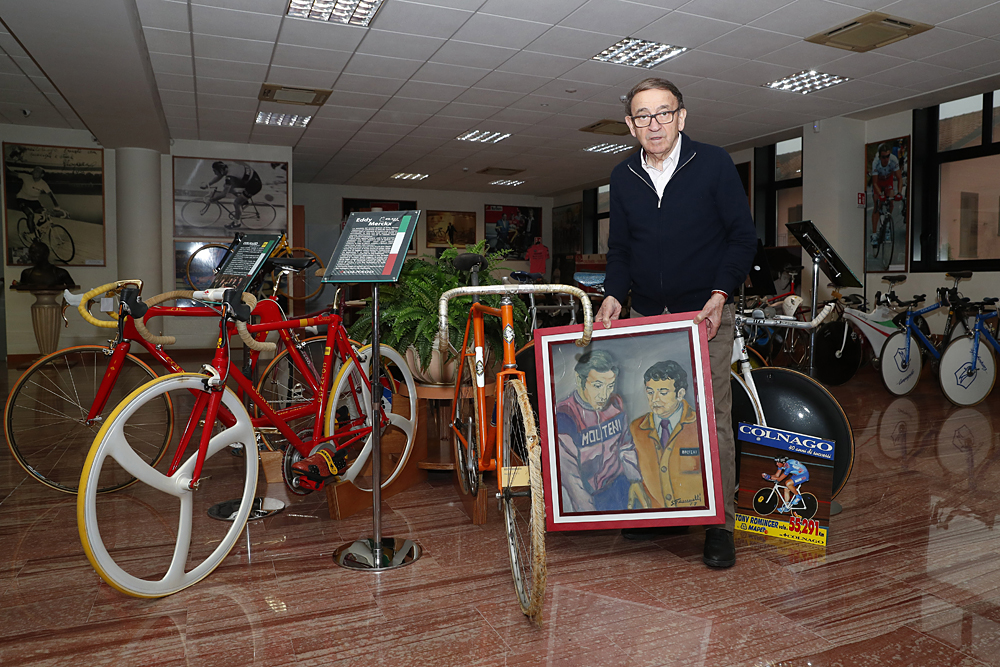
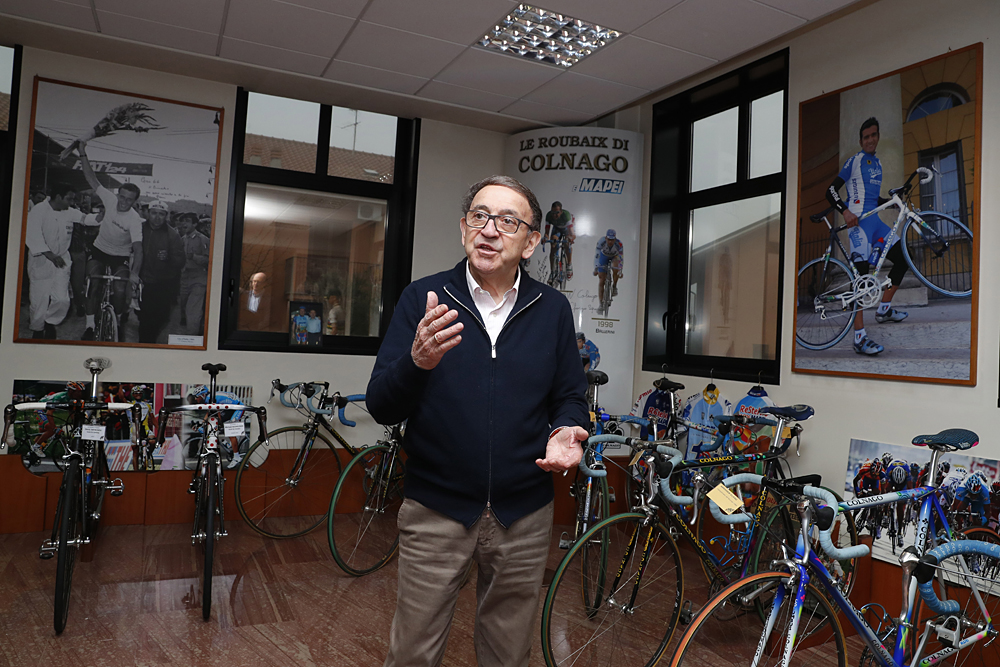
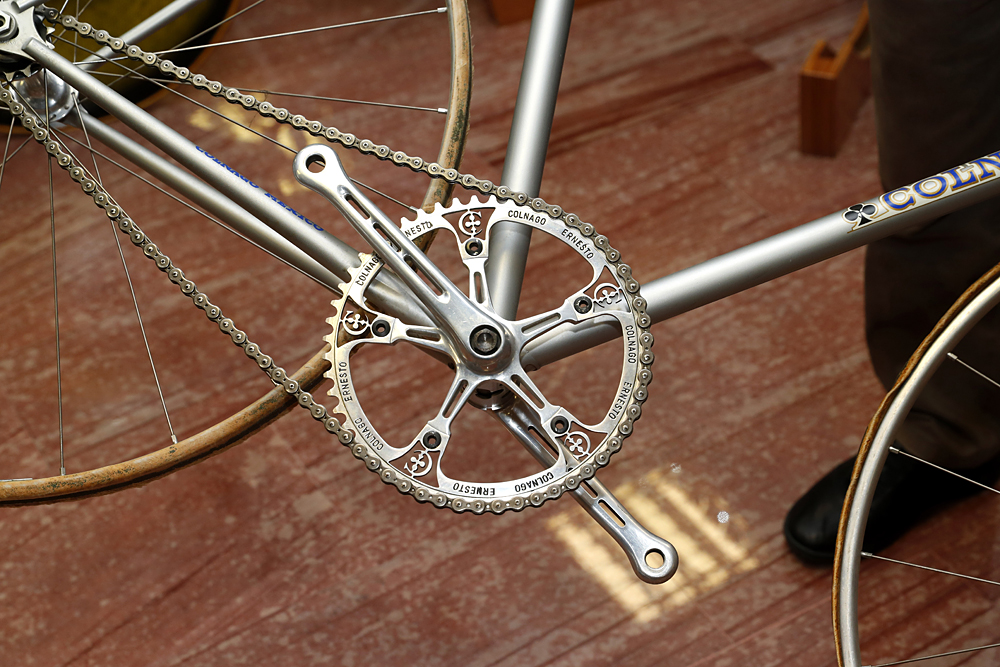
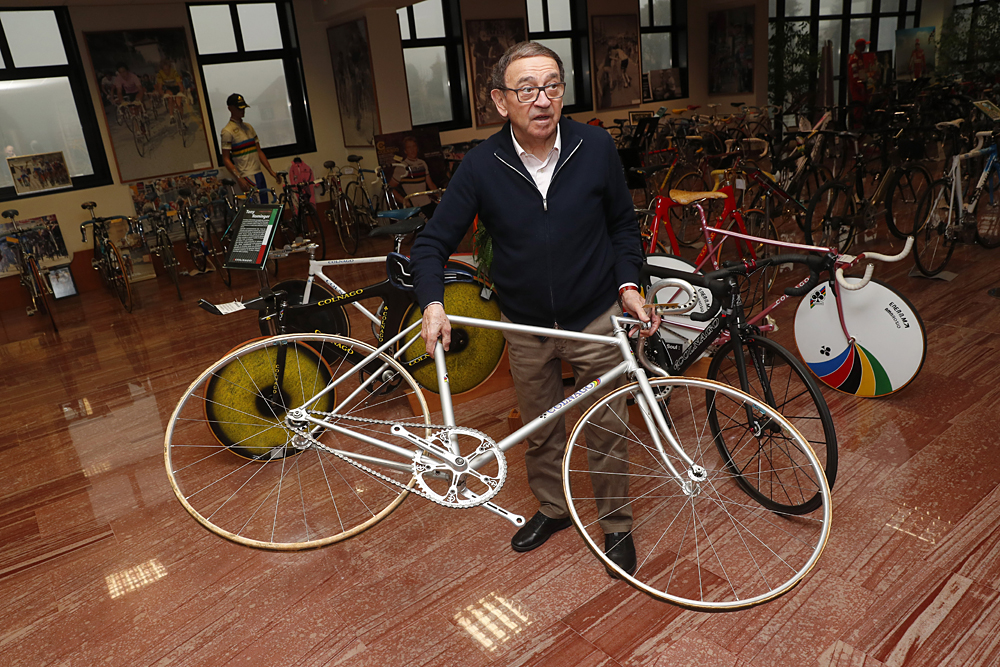
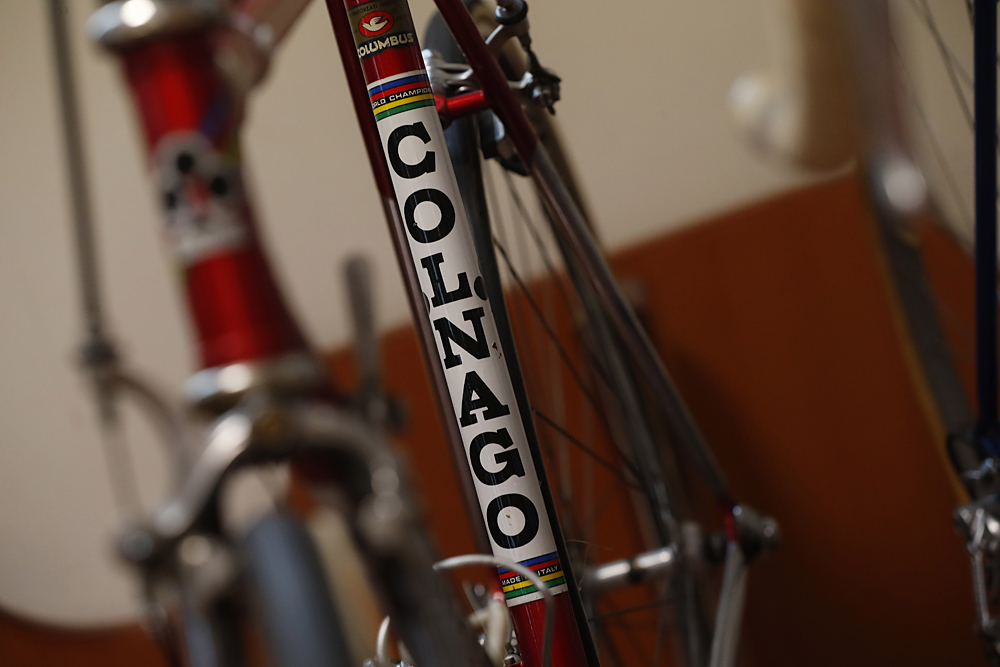
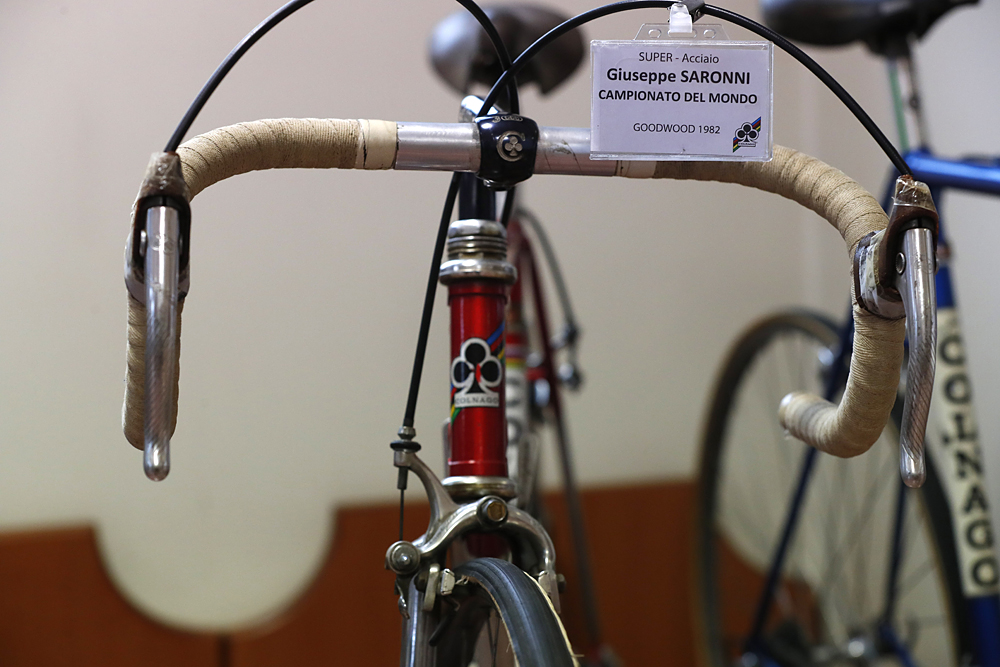
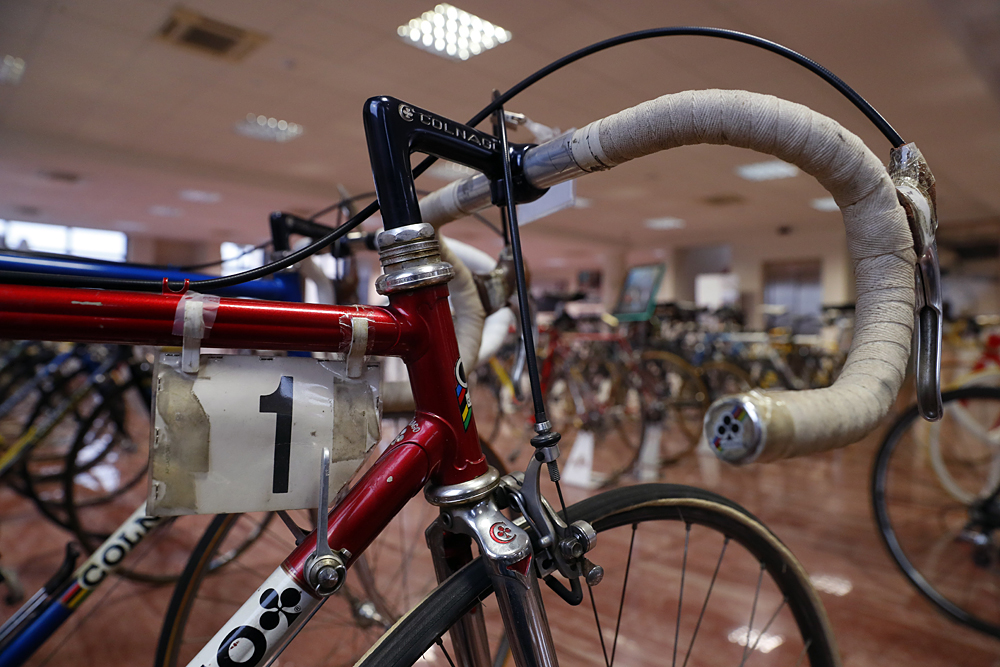
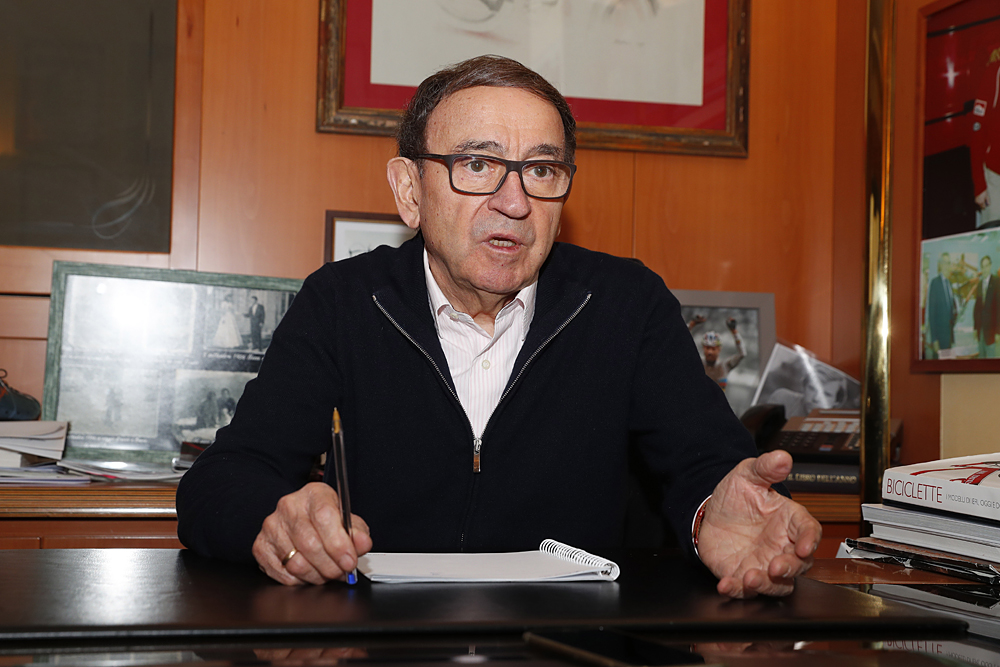
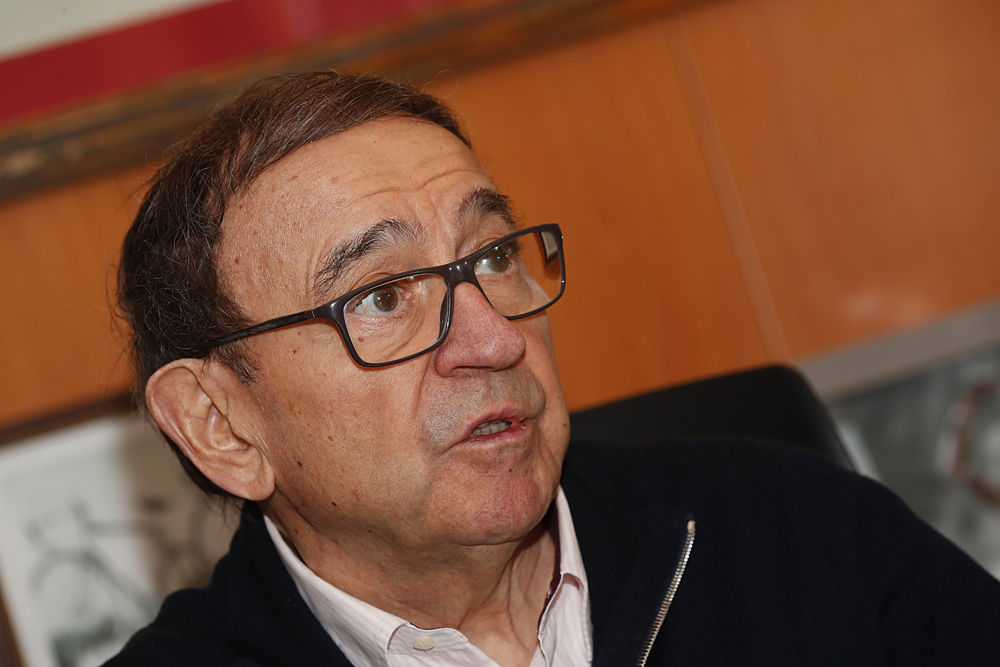
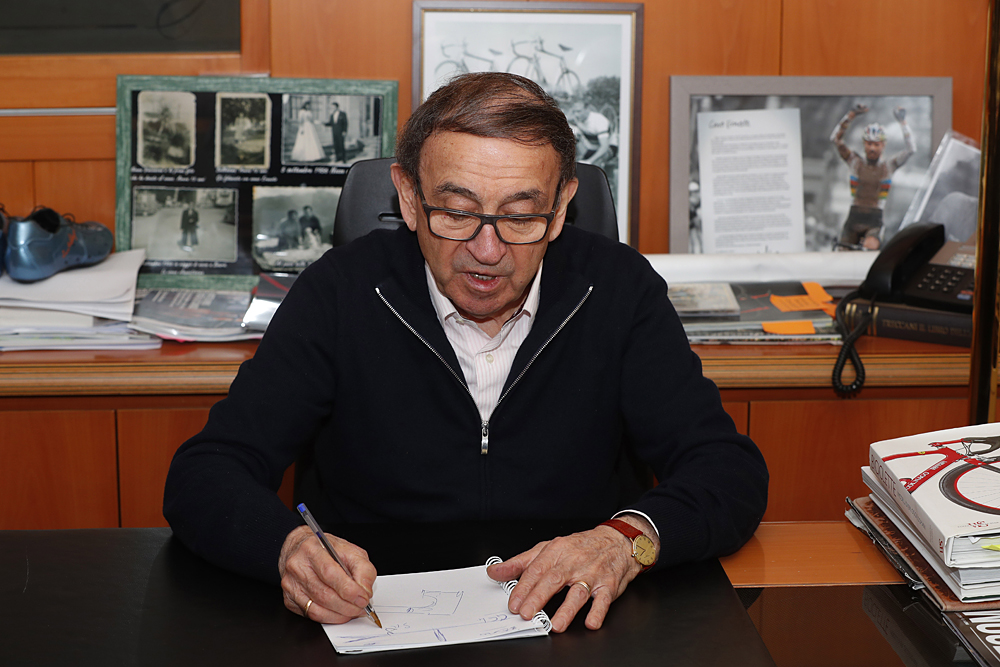
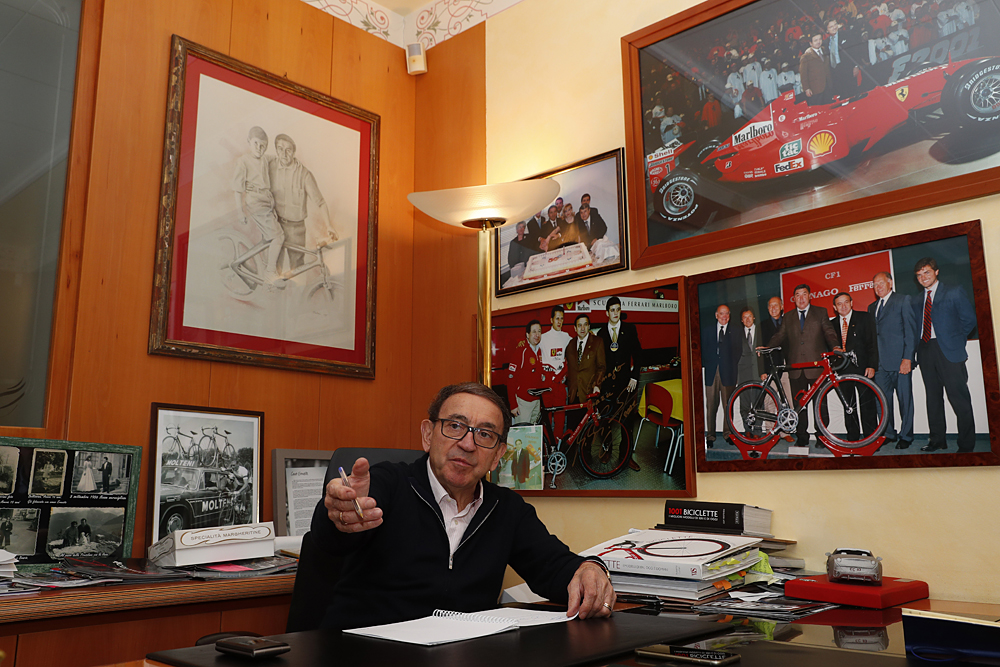
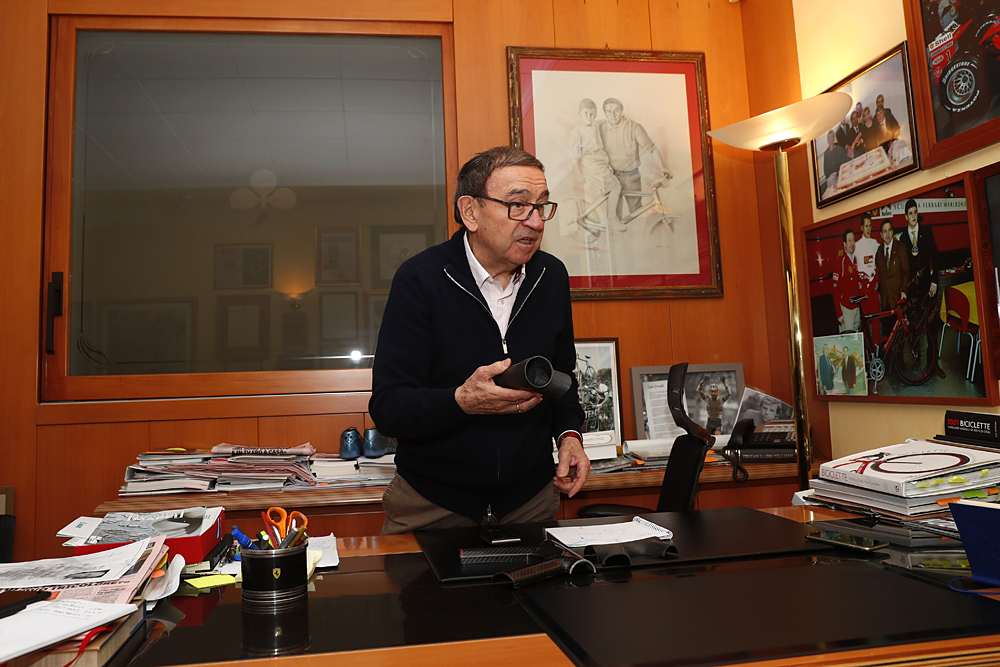
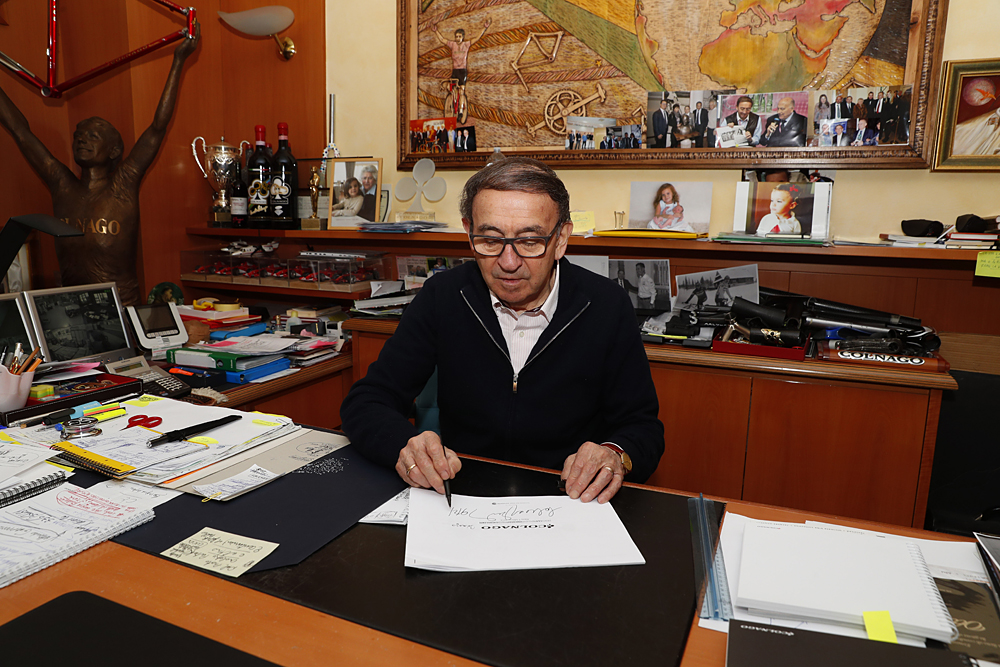
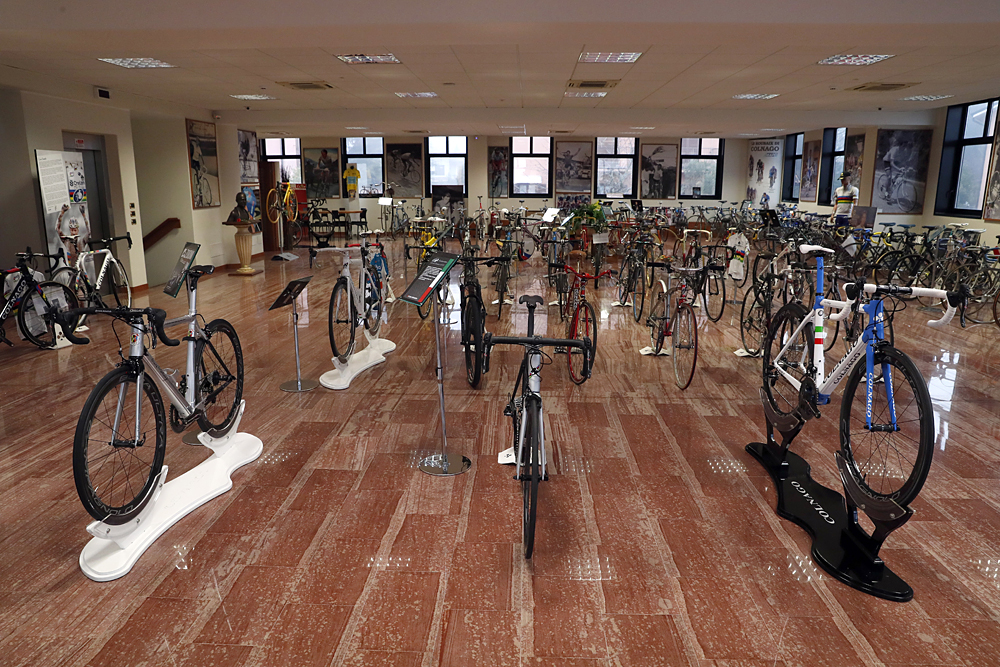
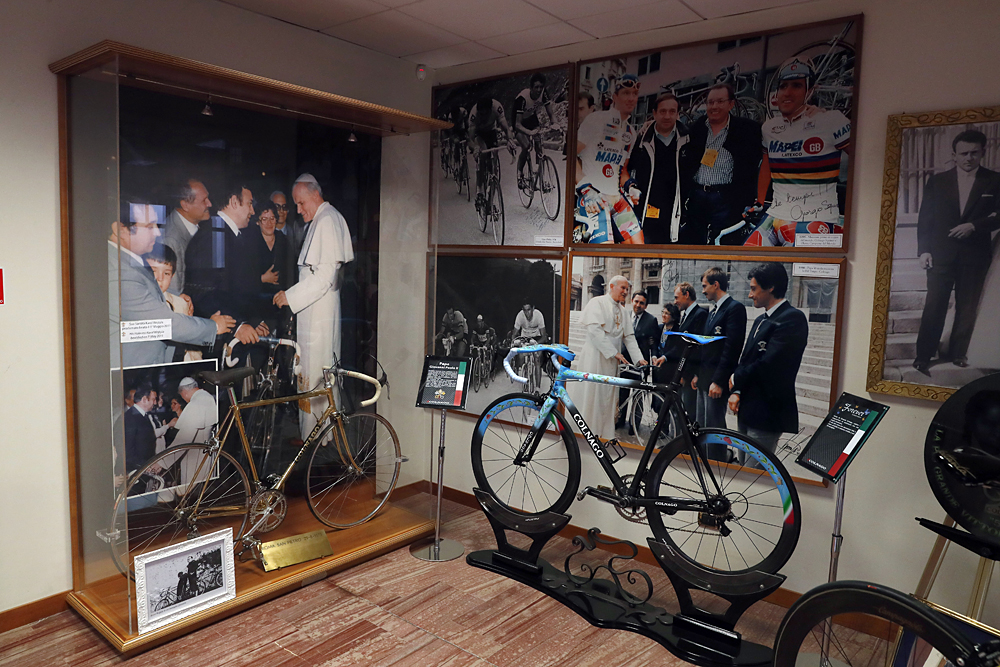
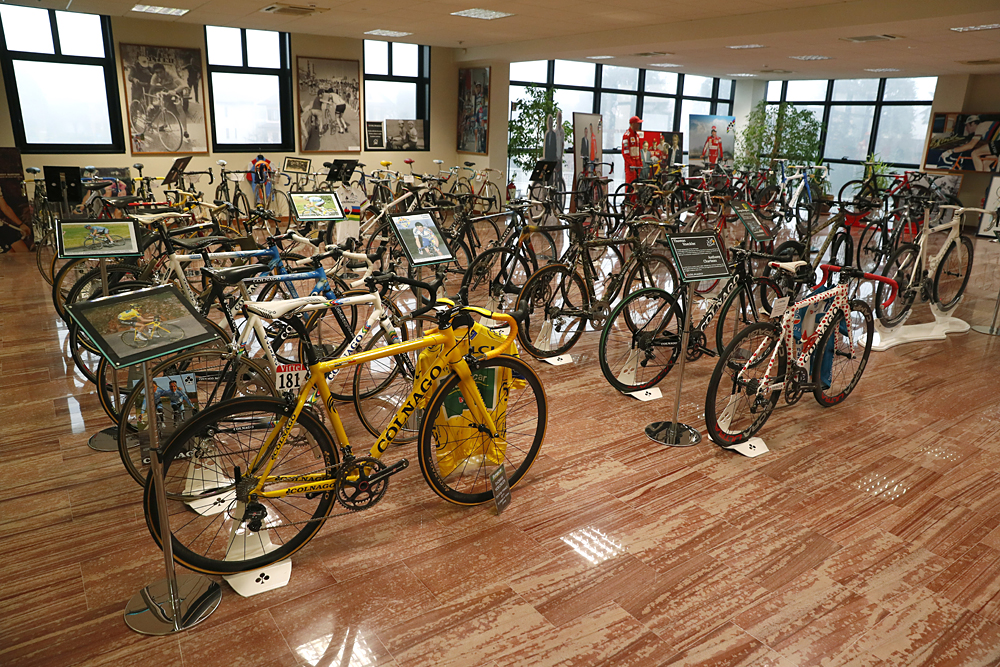
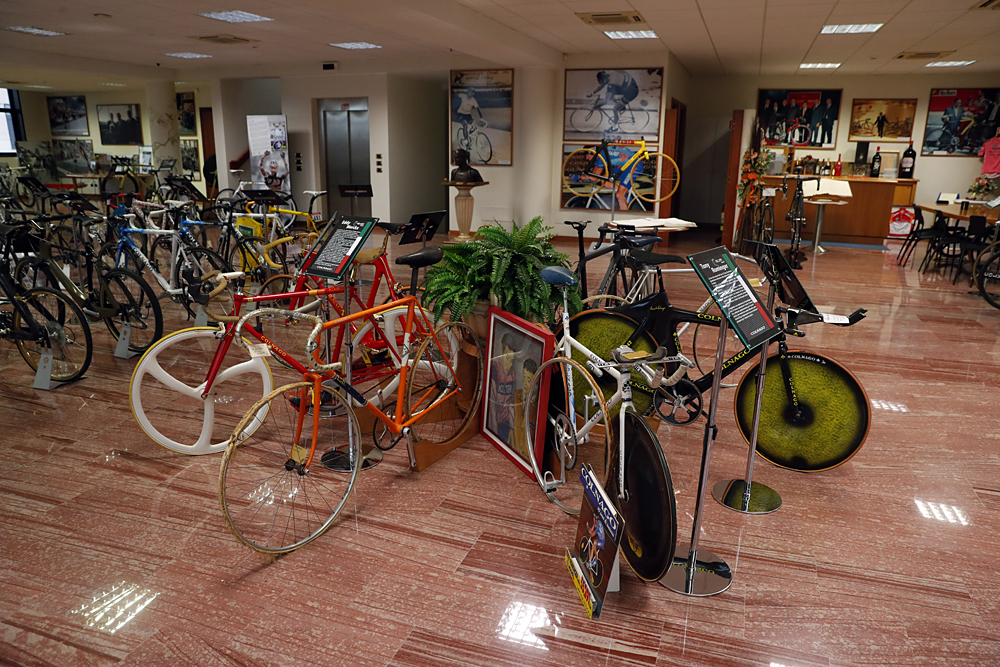
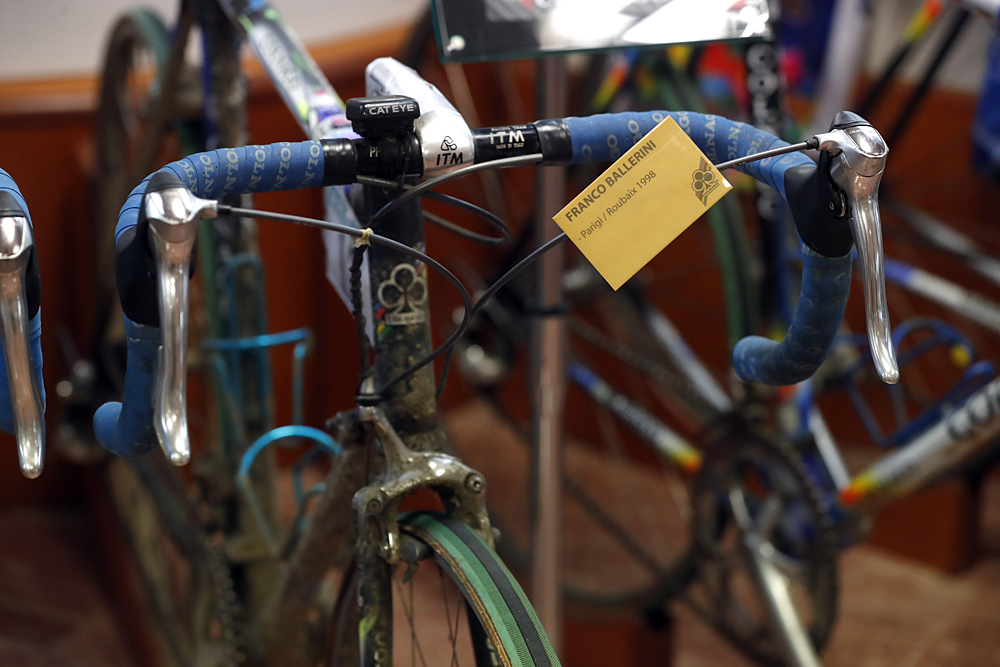
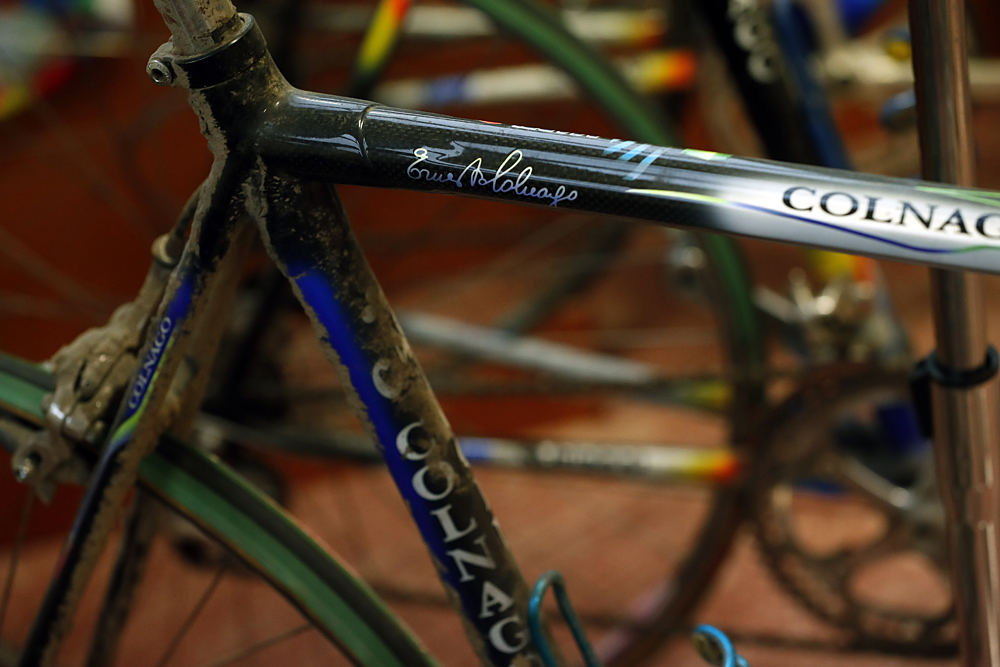
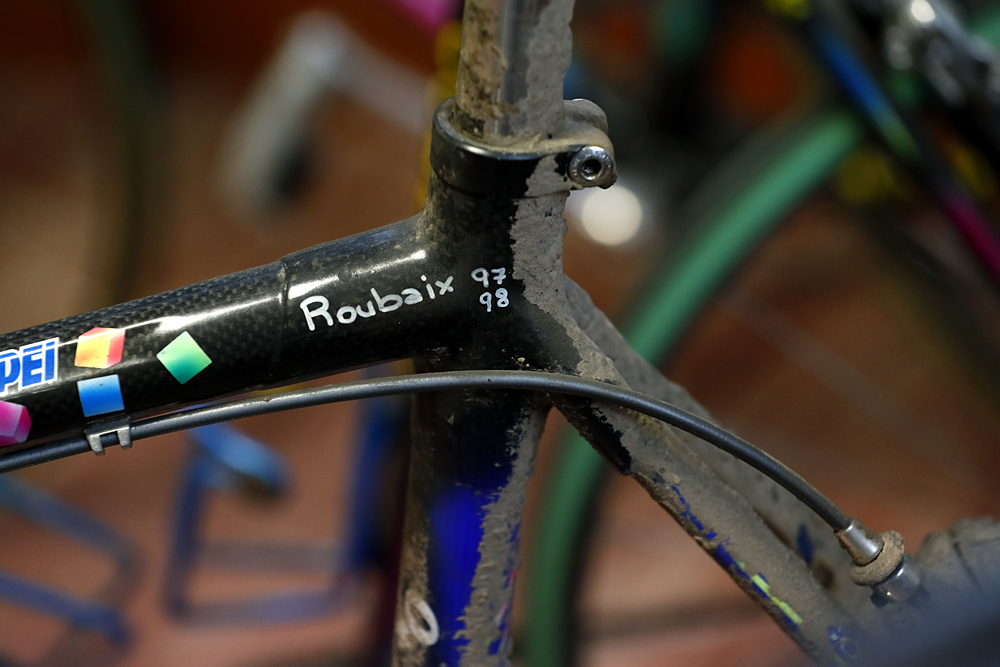
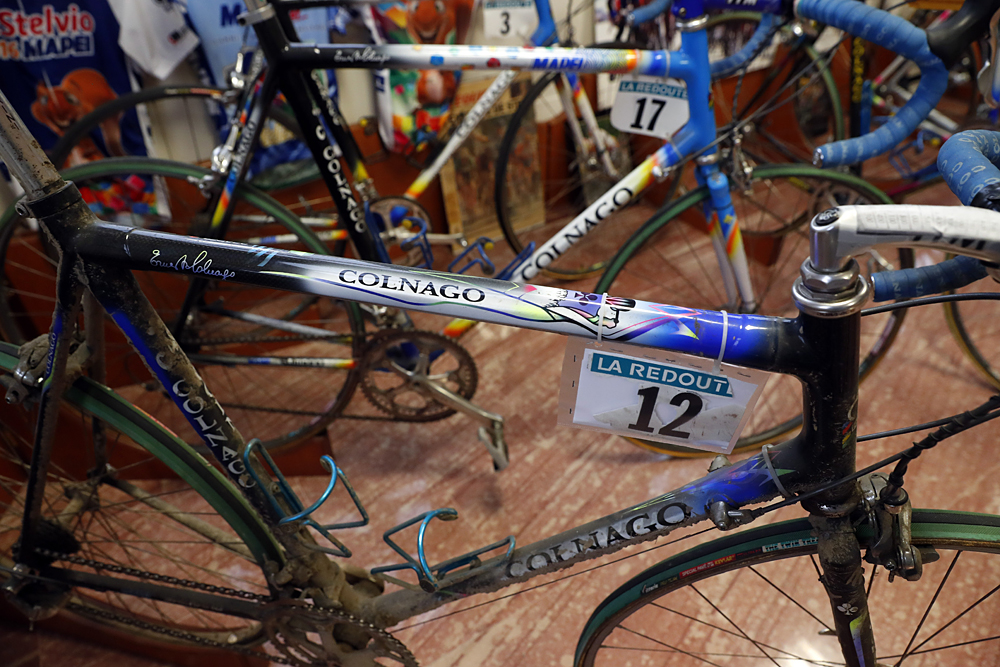
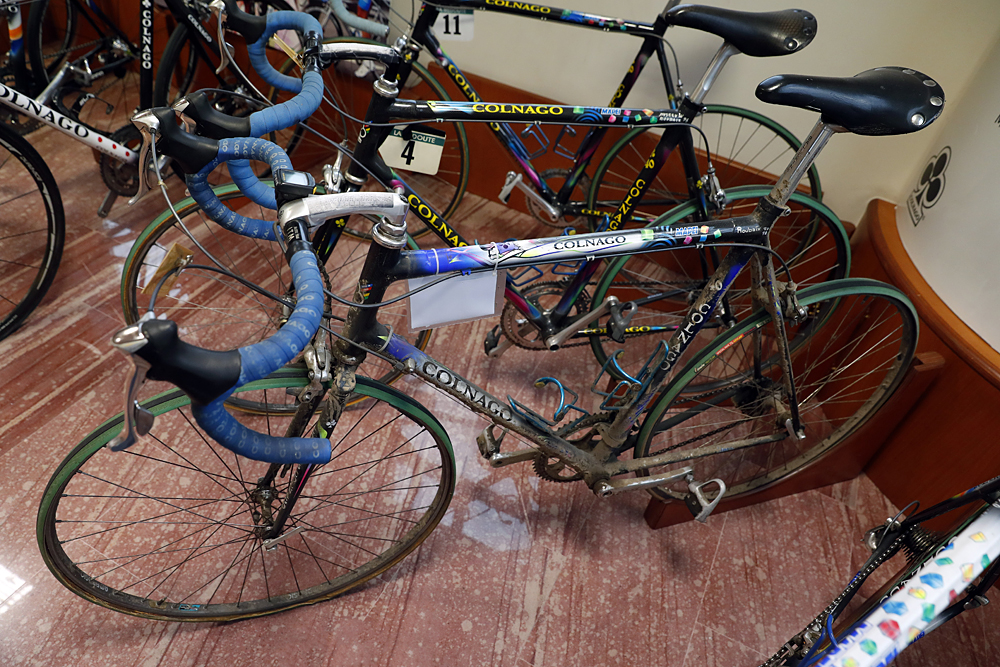
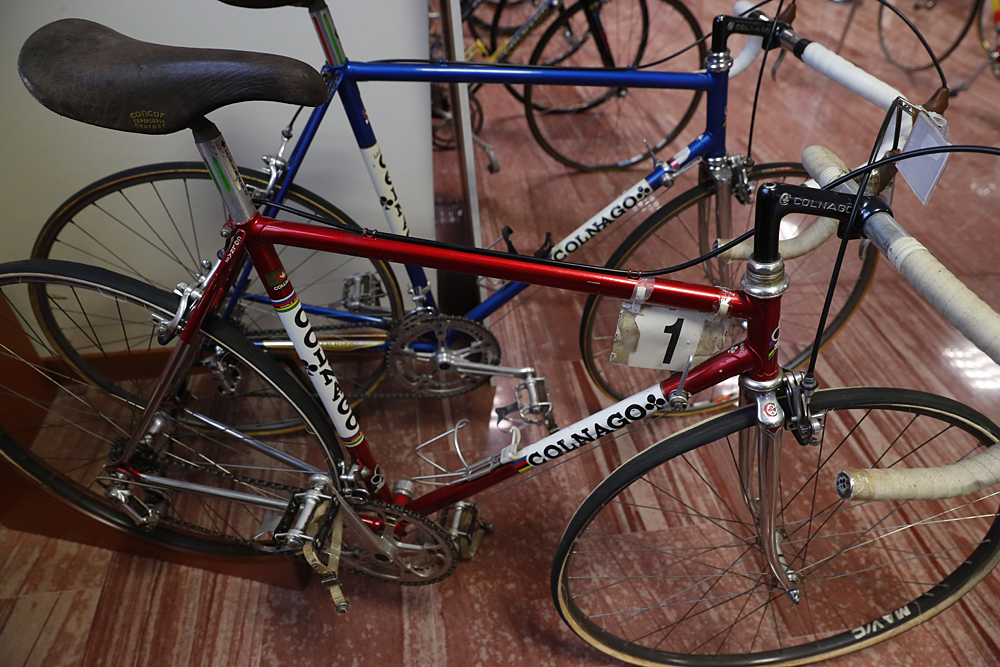
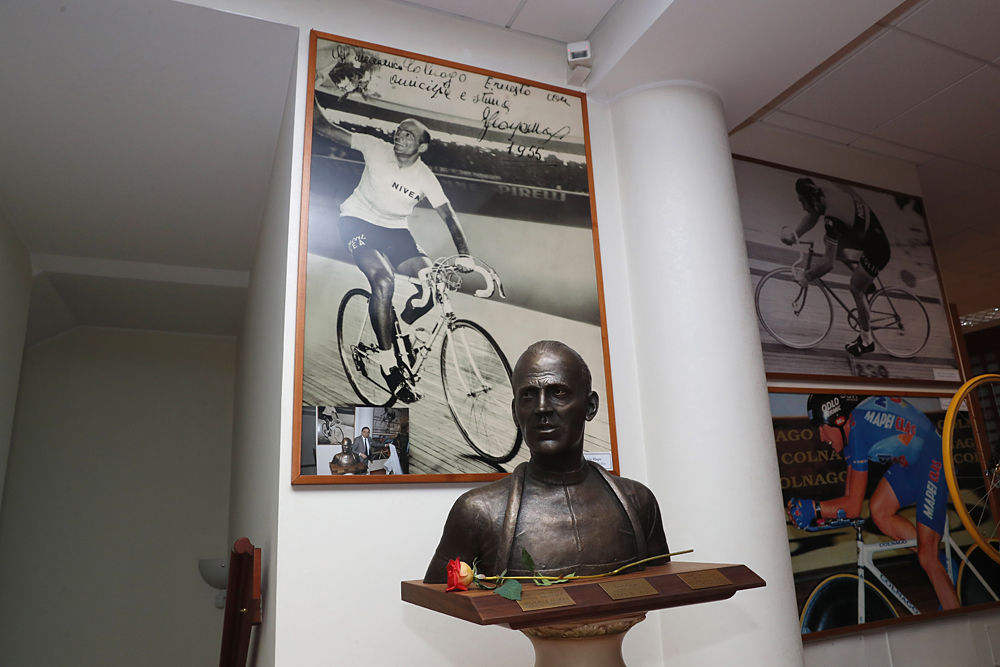
This article was originally published in 2018.
Ernesto Colnago celebrated his 86th birthday on February 9 but he has no plans to ease up, let his family control the eponymous bike business, or let his rivals get the better of him when it comes to bike design, innovation or aesthetics.
Colnago has an informed opinion of every aspect of cycling, from bike design and material technology to Chris Froome's ugly position, mechanical doping, Peter Sagan, and the future of Italian cycling.
His 73 years in the industry, the way he developed from a teenage wheel builder to a professional team mechanic and then to an icon of the bike industry and major team sponsor gives him the right to speak his mind.
His wife, Vincenzina Colnago, died last summer but Ernesto's spirit remains unbroken. He still lives in the family villa across the street from the Colnago offices, where the new C64 frame is made by hand in the basement and garage area.
He still runs the show from his office that overlooks the warehouse packed with frames, jerseys, and photos of the many great riders who have ridden and won on a Colnago.
He still bangs on the table to emphasise his point of conversation or to show his anger when he believes his rivals have copied his original designs and intuitions. He still explains his design theories and list of innovations by sketching on a paper like an artist, architect or fashion designer.
The latest race content, interviews, features, reviews and expert buying guides, direct to your inbox!
"As long as I'm alive I'll be at the Colnago factory every day - they can't kick me out of my own company," he says, half joking and half serious, sending a clear message to his rivals who would perhaps like to see the back of him.
"I've always been creative, a designer, and that's what keeps me alive. I'm proud of what I've achieved during my life and what I've achieved in cycling. I think I've helped revolutionise the bike and sport."
The Colnago C64: Why eat spam when you can have caviar?
This year Colnago supplies bikes to UAE Team Emirates, and Fabio Aru will ride the Giro d'Italia on a Campagnolo-equipped Colnago C64 frame - the latest version of the lugged carbon-fibre frame that came to fame in the 1990s when the Mapei team dominated Paris-Roubaix.
"It's like a Rolex; it's timeless. We want our customers to understand that they're riding something special," Colnago tells Cyclingnews, showing us a stunning silver version of the C64 disc that will soon be on sale.
"We're not like the others, who just use moulds and produce five sizes, forcing people to adapt to the bike and not vice-versa. We're Colnago. Some brands might win the numbers game but I ask: Why eat spam when you can have caviar?"
Ernesto Colnago is proud that the Italian cycling industry is fighting back after suffering during the long Italian economic recession, when now-global brands such as Specialized, Trek, Giant, and others ate into their market share.
"I believe the best innovations come from artisans that work at home, who follow their intuitions. The others have the computers and marketing campaigns but few have done what I have over the last 60 years and still do today," he says defiantly.
Entwined in the history of cycling
Colnago's own story is entwined with that of Italian cycling. Along with Tullio Campagnolo, sponsors like Scic, Molteni, Del Tongo, Alfa Lum, and Mapei, he did the deals and made the bikes that built Italian cycling's golden years of the 1970s, 1980s, and 1990s.
He raced himself as a teenager and began working for the Gloria bike maker in Milan when he was just 13. When he fractured his leg in a race, he worked from home, building wheels. He quickly realised he could open his own workshop in his hometown of Cambiago, northeast of Milan.
In 1955, Colnago helped Fiorenzo Magni resolve a problem with his bike and was offered a job as an assistant team mechanic to Faliero Masi at the Giro d'Italia. He and his brother Paolo then built bikes for a series of great riders, including Gastone Nencini, Gianni Motta, Michele Dancelli and Eddy Merckx, even if other brand names appeared on the tubes. Colnago built the bike Merckx used to break the Hour Record in Mexico in 1972, using every technological edge he could find. One of the two bikes sits in a place of pride in the Colnago Museum.
Colnago bikes first appeared in the professional peloton in 1974, when Giovanbattista Baronchelli almost beat Eddy Merckx at the Giro d'Italia. Since then, many of the greatest riders in the history of the sport have raced on Colnago bikes decorated with the Asso di Fiore – Ace of Clubs logo – including personal discovery Giuseppe Saronni, the Del Tongo team, Joop Zoetemelk, Pavel Tonkov, the Russian national team and the Alfa Lum professional team created by Colnago. The Mapei team rode Colnago bikes as they dominated the Classics in the 1990s, as did Rabobank and Milram, giving Colnago a string of major wins and world titles.
In 2010 Colnago became a title sponsor and backed Bouygues Telecom, Europcar and Thomas Voeckler to ensure a successful presence at the Tour de France. As well as UAE Team Emirates, Colnago also sponsors and supplies bikes to Gazprom, Novo Nordisk and the Wiggle-High5 women's team.
Colnago has worked with the Ferrari sports car maker for three decades, producing limited edition Colnago-Ferrari bikes and using Ferrari's Formula 1 technology to revolutionise the bike industry.
"I was the first to introduce carbon fibre for frames in 1986 and 1987 thanks to Ferrari," Ernesto points out before showing off the quality of his carbon fibre by throwing it on the floor.
"My carbon fibre comes from the world of F1 because my frames have to be safe," he explains.
"All carbon fibre tubes look good on the outside but listen to the sound of my carbon fibre. Other people's stuff sounds brittle, mine is more solid. That sound doesn't lie but people have swallowed all the marketing talk and struggle to understand what makes the difference between a great bike and an ordinary mass-produced bike."
A bike has to be safe
Colnago has always fought back when the UCI tries to limit his innovations and business interests. He has always been against the 6.8kg weight limit and the general idea that frames have to become lighter and lighter.
"A frame is the heart of a bike. It has to be safe," he argues.
"Shaving the weight down to 750g and sacrificing its safety doesn't make sense. You save weight by carefully selecting the components and wheels. I've made bikes for Alexander Kristoff this year so he can contest the sprints and the Classics. It's crazy to give him a 6.8kg bike when he has to put down so much power.
"Other brands love to talk about computer-aided design now but a computer spits out a design based on what you tell it, not what each individual client needs. We need to get back to doing things 'right'. I'm not against technological progress – I've often been at the forefront of it all, and I also know that making and selling bikes is a business – but you can't put sales before safety and your reputation. I'll never do that."
Aru, Sagan and Froome
Colnago sales have diminished in the last decade as the Italian bike industry struggles in a global marketplace. Colnago hopes that sponsoring the UAE Team Emirates squad – managed by Saronni – will be good for international sales, especially in the Middle East.
"If you want to show off your hard work, you've got to be in the professional peloton. It's a big investment for our company but it'd be great to win some of the biggest races. Aru seems on track for a good season with UAE Team Emirates. Let's hope he shines at the Giro d'Italia," he says.
In his heyday, Colnago would have signed Peter Sagan but is clearly not keen on Chris Froome.
"People love how Sagan wins and how he speaks. He's direct and honest, there's no bullshit. People warm to him. Unfortunately, he's sponsored by 'that brand' from California," Colnago says of Specialized.
"I met Froome once when he raced in Italy but before he became a great rider. He looks terrible in the saddle but somehow he goes very fast, both in the time trial and on the climbs. He could be a lot better on the bike but it's not up to me to straighten him out, he doesn't ride my bikes," he says dismissively, keen to head to his bike museum and then get back to work.
The Colnago museum and Ernesto's favourite bikes of all time
The Colnago Museum is cycling's equivalent of the Louvre in Paris, the Uffizi in Florence, or the Guggenheim in New York. It contains many of the historic bikes Colnago has designed and built over the last 50 years and so tells the history of the sport.
Sadly it is not open to the public but visits are occasionally arranged if you know the right people. The lower floor showroom is used to present new bikes, while the upper floor contains hundreds of bikes ranging from the gold bike presented to the Pope in 1979 to the latest models in the 2018 Colnago range.
The walls are covered in giant photographs that tell the story of Colnago's incredible career. There are images of him as a young team mechanic sitting in open-top team cars, with Merckx in Mexico, Baronchelli, Dancelli, Saronni, Tonkov, and other riders from across the generations.
We push Colnago to select his most important bikes of all time for a special gallery. He struggles, describing all his bike designs as his children, but then opts for Merckx's Hour Record Bike, Saronni's 1982 World Championships bike, the Italian aero-bar team time trial bikes of the 1990s, and the C40 bikes used to dominate Paris-Roubaix.
Click or swipe to enjoy the gallery of the Colnago bikes.

Stephen is one of the most experienced members of the Cyclingnews team, having reported on professional cycling since 1994. Before becoming Editor-at-large, he was Head of News at Cyclingnews. He has previously worked for Shift Active Media, Reuters and Cycling Weekly. He is a member of the Board of the Association Internationale des Journalistes du Cyclisme (AIJC).
